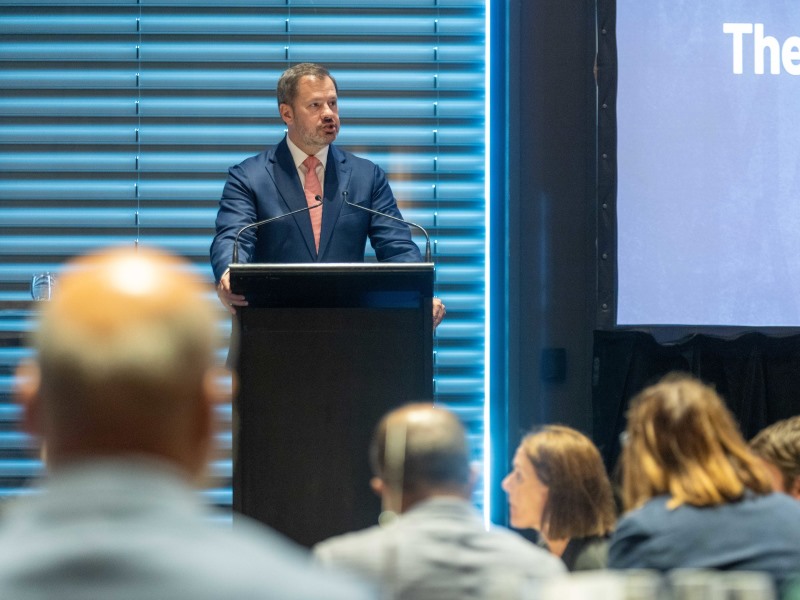The federal government on Wednesday opened applications for science diplomacy grants that were announced nearly three years ago.
The grants get going after surviving a cut in last year’s Budget and narrowing the potential research partners to Asia-Pacific nations but maintain a focus on priority areas like quantum and RNA vaccines.
Up to $6 million in total grants are now available for Australian researchers to partner with counterparts in Indonesia, Malaysia, Singapore, Thailand, Vietnam, New Zealand, Japan, the Republic of Korea and Brazil.
The funding is still slated for areas of national interest like advanced manufacturing, AI, quantum computing, hydrogen production and RNA vaccines, but projects with non-regional neighbours like the US and Europe will no longer be eligible.
The changes to the Global Science and Technology Diplomacy Fund (GSTDF) were reported by InnovationAus.com a week ago but only announced by Industry and Science minister Ed Husic at the Science Meets Parliament event in Canberra on Wednesday

“Refocussing this program on collaborations with our nearest neighbours cements our commitment to play a constructive role in the region, while more effectively addressing our biggest challenges at home,” he said in a statement.
Expressions of interest are now being sought for grants from $100,000 to $1 million. Businesses, universities, Cooperative Research Centres, not-for-profits, trustees and state and territory government agencies are all eligible.
Grants can go to joint research projects, conferences, exchanges and secondments, as well as product and service development and design, including software.
Proposals shortlisted by a panel will then provide a full application, including foreign interference and national security risk management.
While science groups the Australian Academy of Science and the Australian Academy of Technological Sciences and Engineering (ATSE) will manage the application process and make recommendations, the Industry and Science minister will retain final approval for the grants.
The GSTDF was announced by the former government in 2021 as a $54 million global science diplomacy push, but actually consolidated existing programs to save the government $6 million.
The two science groups were brought in to help administer the fund’s strategic grant stream when it was announced by the Morrison government.
At that time, the priority areas were the same, but European, the US and Canada were also included as eligible partners.
The change in government saw the grants put on hold, and total funding for the GSTDF was slashed by around $25 million last year, a decision that disappointed both ATSE and the Academy.
Mr Husic hinted at the fund’s refocussing earlier this month while addressing regional leaders but then held back the news, which was announced on Wednesday alongside Foreign Affairs minister Penny Wong.
“Working with our partners to diversify our economy, make more things in Australia, respond to climate change and improve health security is all part of making Australia more robust and resistant to external shocks,” Senator Wong said in a statement.
ATSE chief executive Kylie Walker said the grants will be focusing on areas of Australia’s competitive edge.
“The program will create links between Australia’s emerging and current STEM leaders and global partners, and give them access to international networks that can boost respective capabilities, economies, and build our international science and technology cooperation in a win, win, win,” she said.
Do you know more? Contact James Riley via Email.

